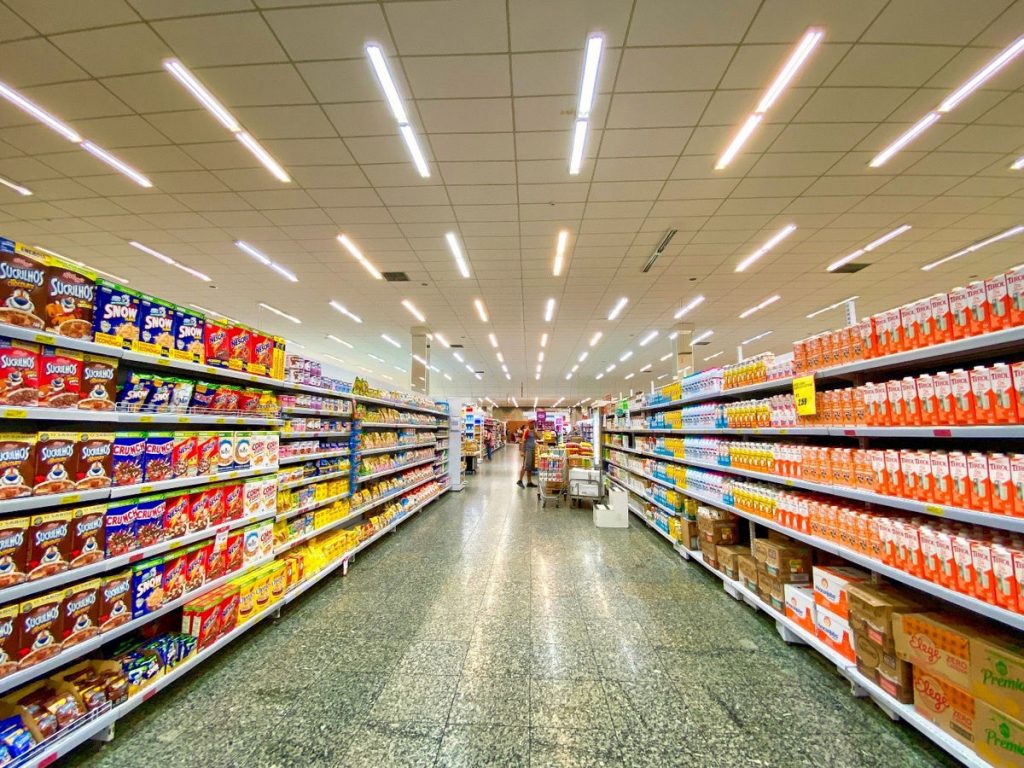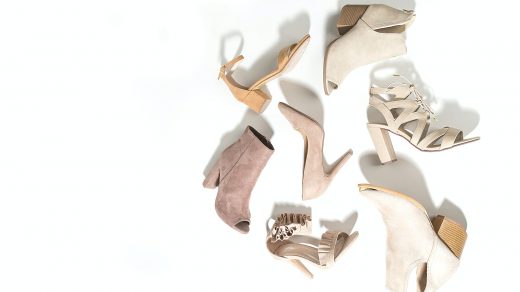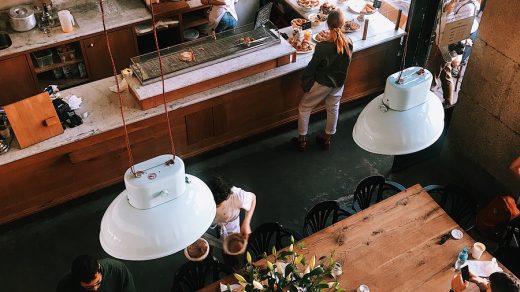Ever wondered why you bought those extra drinks or such an abundant amount of chocolate at the supermarket? Today, we will talk about some of the ways how supermarkets trick you into buying more than you had originally intended to. Let’s get right into it.

1. Color Manipulation
One of the best ways of manipulating customers is with colors. They affect your subconscious in various ways by provoking specific color-related emotions.
• Yellow makes you hungrier (it isn’t without reason that the McDonald’s logo is yellow, and it stresses it out quite a lot)
• Red shows power and is a strong choice to highlight discounts
• Blue makes you feel more trustworthy and calm
• Green indicates feelings of healthiness and works best for food/drink products as they trick you into thinking the product is healthier than it actually is
2. Reward Programs
Point-based systems are usually very predatory. They lure you into thinking that you are the one tricking them and earning a massive profit off of their program. In reality, these types of programs usually do not give you enough goodies to compensate anywhere nearly the money spent. The only result is that you’ve spent more money than you originally would have. This is all the more problematic if supermarkets know your consumption habits and capitalize on them by making ”special offers” for you if you spend on the products you would have bought anyway.
3. Combination Packs
Combination packs are a great way of pushing customers to buy just that little bit more money than they are okay with spending. They will usually be some things that go well together or are bought together frequently. Chips and soft drinks, 3x bags of chocolates, etc. Sometimes they will use this to sell products they want to get rid of as well. A great combo would be chocolate plus flowers for valentine’s day. By taking advantage of the holiday, they boost the sales of both flowers and chocolates.
4. Product Placement
Do you think that the way certain items are placed is by chance or that someone just threw them in that order? Hardly.
Items on eye level are usually the most contested products. This is taken advantage of by placing the higher-priced items and sponsored products there. For example, if you wanted to promote protein crisps, you would be wise to put them on eye-level shelves for optimal exposure. Another theory says that products that are placed immediately at the entrance sell worse. Allegedly, because a person needs time to readjust once they enter the supermarket and turn on buying mode.
5. Check-out Interactions
The most dominant line system in supermarkets is the split system. You know what it is. Everyone waits in a separate line to get to the check-out, buy the goods and leave the store. The pooled system, however, functions by having 1 line and having the buyers branch out once a lane is open. While both have their ups and downs, research has shown how customers interact between these 2 systems. Customers are more sensitive to the size of the line than how fast it’s moving. Most customers will pay infinitely more attention to the number of people waiting in line, without factoring in the number of clerks on duty. So, even though the pooling system is more effective, it scares away more customers, hence why most supermarkets opt for the split system.
Another way of manipulating customer choices is with items on check-outs. People are more prone to spontaneous purchases at check-outs and the market owners know this. This is why they try to capitalize on it and sell you small products that you can easily pick up and put in your shopping bag/cart. It’s such a big part of sales that even brands compete over having their products in the check-out place.
6. The Store Layout
The layout of a store has more effect on a customer than you would originally think. Supermarkets want to get your blood running and tease your senses the moment you get in. This is done with strong smells and pleasing sights. If you see a bakery next to you the moment you enter the supermarket, be aware that they know this as well! A delicious brownie or baked bread can stimulate strong positive feelings when a person enters the market leading to their shopping patterns to change and buy more things than they originally intended to. Both by making you hungrier and by making you more prone to buying unhealthy food.
Another approach is to have fruit and vegetables in the front, that way once you buy them you feel like you are being healthier. This results in you making more unhealthy decisions further down the line because you have the mindset “well, I did buy some fruit, I can afford to buy some chocolate now as well“.




Recent Comments